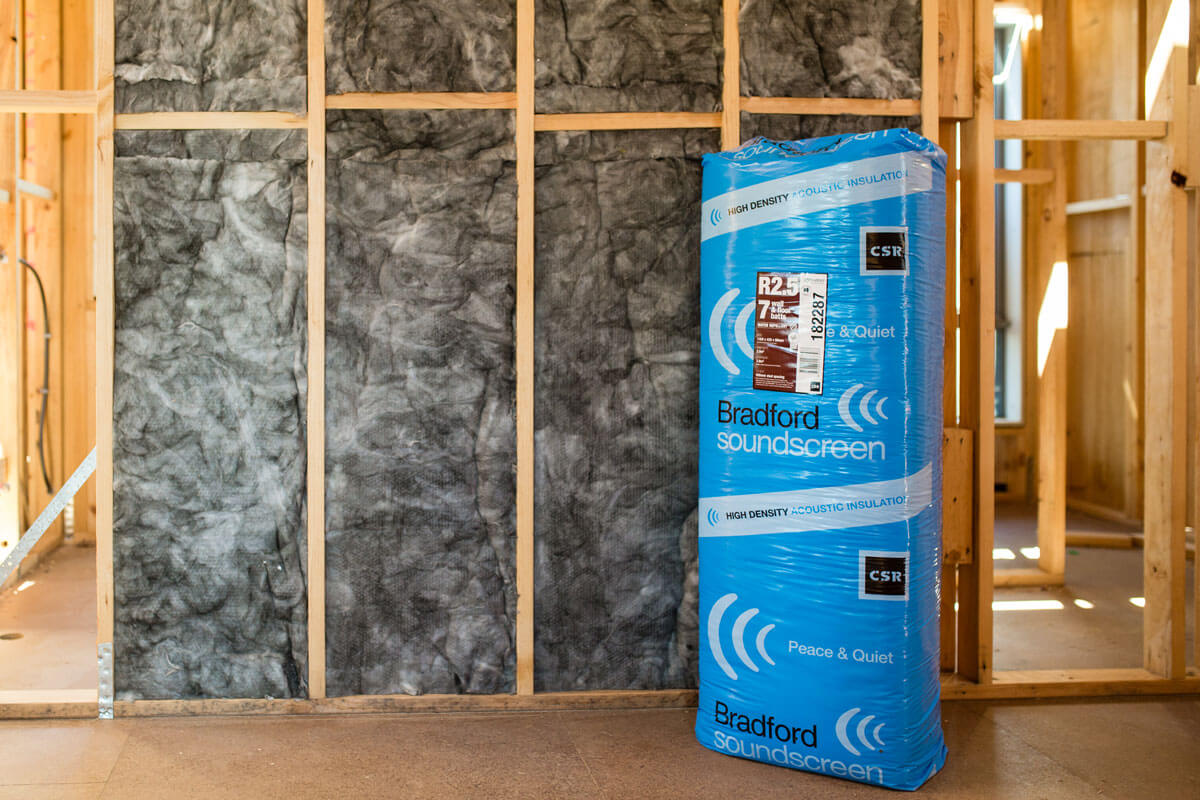

Articles
What Is Sound Insulation
Modified: February 24, 2024
Learn all about sound insulation in this informative article. Discover the benefits and techniques for achieving optimal noise reduction in your space.
(Many of the links in this article redirect to a specific reviewed product. Your purchase of these products through affiliate links helps to generate commission for Storables.com, at no extra cost. Learn more)
Introduction
Sound insulation, also known as soundproofing, plays a crucial role in creating a peaceful and comfortable environment. Whether it’s in residential, commercial, or industrial settings, sound insulation helps to minimize the transmission of sound from one area to another, reducing noise pollution and creating a more enjoyable living or working space.
Sound insulation is particularly important in densely populated areas where buildings and spaces are often in close proximity. It is essential for maintaining privacy, productivity, and overall well-being. This article will explore the concept of sound insulation, how it works, the factors affecting its effectiveness, the materials and techniques used for sound insulation, and the benefits it brings to different settings.
By gaining a deeper understanding of sound insulation, you will be able to make informed decisions when it comes to implementing soundproofing measures in your own space or advising others on how to improve their living or working environment. Let’s dive in and explore the fascinating world of sound insulation!
Key Takeaways:
- Sound insulation, or soundproofing, is essential for creating a peaceful environment by minimizing noise transmission. Understanding its principles and materials empowers informed decisions for effective implementation.
- Proper installation, material selection, and addressing weak points are crucial for maximizing the benefits of sound insulation. It enhances comfort, privacy, productivity, and overall well-being in diverse settings.
Read also: 12 Unbelievable Sound Insulation For 2024
Definition of Sound Insulation
Sound insulation refers to the process of minimizing the transmission of sound from one area to another. It involves the installation of materials or the implementation of techniques to effectively block, absorb, or dampen sound waves, preventing them from penetrating through walls, floors, ceilings, or other structures.
The goal of sound insulation is to create a barrier that restricts the movement of sound energy, reducing the impact of noise and creating a quieter space. It is important to note that sound insulation does not completely eliminate sound, but rather reduces its intensity and minimizes its impact on the surrounding environment.
Sound insulation is measured using Sound Transmission Class (STC) and Impact Insulation Class (IIC) ratings. The STC rating measures how effective a material or assembly is at blocking airborne sound, while the IIC rating measures its ability to reduce impact noise, such as footsteps or objects falling on the floor.
Overall, sound insulation is a vital component in creating an acoustically comfortable environment, whether it’s in residential, commercial, or industrial spaces.
How Sound Insulation Works
Sound insulation works by utilizing various techniques and materials to impede the transmission of sound waves. The process involves three main principles: absorption, damping, and blocking.
Absorption is achieved by using materials that are designed to absorb sound energy. These materials, such as acoustic foam, fiberglass, or mineral wool, convert sound waves into heat energy through friction and vibration. As a result, the sound energy is dissipated, reducing the overall sound level.
Damping involves the use of materials that can effectively dampen sound vibrations. This is achieved through the application of damping compounds, such as viscoelastic materials or mass-loaded vinyl, to surfaces that are prone to transmitting sound waves. These materials absorb the energy of the sound vibrations, reducing their intensity and preventing them from being transmitted to other areas.
Blocking, also known as isolation, is the process of creating a physical barrier to prevent sound waves from entering or exiting a space. This is achieved through the use of dense materials, such as gypsum board, concrete, or specialized soundproofing barriers. These materials are effective at reflecting or blocking sound waves, preventing them from passing through and isolating the sound source from the surrounding environment.
Combining these principles, sound insulation creates a multi-layered approach to reducing noise transmission. For example, in a residential setting, a combination of materials like acoustic drywall, resilient channels, and acoustic caulking can be used to absorb, dampen, and block sound waves, leading to an overall quieter living space.
It’s important to note that effective sound insulation requires proper installation and careful consideration of the specific application and environment. Factors like gaps, air leaks, and structural weaknesses can undermine the effectiveness of sound insulation, so attention to detail and precision are crucial.
By understanding how sound insulation works, you can make informed decisions about the materials and techniques to use in your specific situation, ensuring a more peaceful and noise-controlled environment.
Factors Affecting Sound Insulation
Several factors can significantly impact the effectiveness of sound insulation. Understanding these factors is crucial when planning and implementing soundproofing measures. Let’s explore the key elements that influence the performance of sound insulation:
- Material Selection: The choice of materials used for sound insulation plays a critical role. The density, thickness, and acoustic properties of the materials greatly affect their ability to absorb, dampen, or block sound waves. Opting for high-quality materials specifically designed for sound insulation, such as acoustic foam, mass-loaded vinyl, or resilient channels, can significantly enhance soundproofing capabilities.
- Construction Method: The way in which building components are constructed and assembled can impact sound insulation. Factors such as the use of double walls, staggered studs, or decoupling techniques can create additional barriers and reduce sound transmission. Poor construction methods or the presence of air gaps can compromise the effectiveness of sound insulation.
- Sealing and Air Leaks: Proper sealing of gaps, cracks, and air leaks is essential for effective sound insulation. Even small gaps can allow sound waves to bypass the soundproofing measures and propagate into or out of the space. Using acoustic sealants, weatherstripping, or gaskets can help achieve airtight seals, enhancing the overall sound insulation performance.
- Impact of Structural Elements: The presence of structural elements, such as windows, doors, and vents, can significantly affect sound insulation. These elements often have thinner or less dense materials, making them potential weak points for sound transmission. Using specialized soundproofing materials or adding secondary layers, such as soundproof windows or door sweeps, can help mitigate sound leakage through these areas.
- Environmental Factors: External factors, such as the proximity to sources of noise, the frequency and intensity of the noise, as well as the ambient noise levels, can impact the effectiveness of sound insulation. In some cases, additional measures like sound barriers, landscaping, or white noise machines may be necessary to address specific environmental noise challenges.
- Proper Installation: Sound insulation measures must be installed correctly to ensure optimal performance. Improper installation techniques and shortcuts can compromise the effectiveness of soundproofing materials and techniques. It is essential to follow manufacturer instructions, work with experienced professionals, or obtain proper training to ensure a proper installation.
By considering these factors and taking appropriate measures, you can optimize the effectiveness of sound insulation and create a quieter and more comfortable environment.
Common Materials Used for Sound Insulation
When it comes to sound insulation, a variety of materials are available, each with unique properties that contribute to reducing noise transmission. The selection of materials depends on the specific application, desired level of soundproofing, and budget considerations. Here are some commonly used materials for sound insulation:
- Acoustic Foam: Acoustic foam, also known as soundproof foam or sound-absorbing foam, is a popular option for sound insulation. It is made from open-cell foam that absorbs sound waves by converting them into heat energy through friction. Acoustic foam is often used in recording studios, home theaters, and noisy machinery rooms to control reverberation and reduce echoes.
- Mass-Loaded Vinyl (MLV): Mass-loaded vinyl is a dense and flexible material that is highly effective in blocking sound transmission. It consists of a layer of vinyl loaded with heavy particles, such as barium sulfate or calcium carbonate. MLV is commonly used in walls, floors, and ceilings to add mass and increase soundproofing capabilities.
- Fiberglass Insulation: Fiberglass insulation is an affordable and versatile material often used for thermal insulation, but it also offers soundproofing benefits. This fluffy material traps air, reducing the transfer of sound waves. It can be installed in walls, ceilings, and floors to dampen sound and improve overall acoustic performance.
- Mineral Wool: Mineral wool, also known as rock wool or stone wool, is another common material used for sound insulation. It is made from fibers extracted from natural rock materials. Mineral wool panels or batts offer excellent sound-absorbing properties and can be easily installed in walls, ceilings, or between floors to reduce sound transmission.
- Resilient Channels: Resilient channels are metal channels designed to reduce sound transmission through walls and ceilings. They create a gap between the drywall and the structure, breaking the direct path of sound vibrations. By decoupling the two surfaces, resilient channels can effectively reduce sound transmission in both airborne and impact noise scenarios.
- Soundproof Curtains: Soundproof curtains, also known as acoustic curtains or sound-damping curtains, are made of heavy and dense materials, such as multiple layers of fabric with sound-absorbing properties. These curtains are effective at reducing noise levels by absorbing and blocking sound waves. They are commonly used in homes, offices, or recording studios as a temporary soundproofing solution.
- Soundproofing Sealants: Acoustic sealants play a crucial role in sealing gaps and cracks to enhance the soundproofing performance of walls, windows, or doors. These sealants are specifically designed to provide an airtight seal and stop sound leakage. They are typically applied along joints or edges to prevent sound waves from passing through.
These are just a few examples of the many materials available for sound insulation. Depending on your specific needs and budget, consulting with professionals or conducting research can help you select the most suitable materials for your soundproofing project.
When installing sound insulation, make sure to seal all gaps and cracks to prevent sound from leaking through. Use materials with high Sound Transmission Class (STC) ratings for better results.
Techniques and Methods for Sound Insulation
Effective sound insulation involves a combination of techniques and methods to reduce noise transmission and create a quieter environment. Here are some commonly used techniques and methods for sound insulation:
- Decoupling: Decoupling is the process of separating surfaces to reduce sound transmission through direct contact. This technique is commonly used for walls and ceilings by installing resilient channels or sound isolation clips, which create a gap between the framing and the surface material. By breaking the direct path of sound vibrations, decoupling minimizes sound transfer.
- Adding Mass: Increasing the mass of a surface is an effective way to block sound. Adding mass to walls, floors, or ceilings can reduce sound transmission. Specialized soundproofing materials, such as mass-loaded vinyl (MLV) or high-density drywall, can be installed to increase the mass and improve soundproofing capabilities.
- Sealing Gaps and Cracks: Properly sealing gaps and cracks is crucial for effective sound insulation. Even small openings can allow sound waves to pass through. Using acoustic sealants, weatherstripping, or gaskets can create an airtight seal, preventing sound leakage and enhancing soundproofing performance.
- Soundproofing Underlayment: Soundproofing underlayment is commonly used in flooring applications to reduce impact noise and airborne sound transmission. It is installed between the subfloor and the finished flooring material, such as laminate, hardwood, or tile. The underlayment material, such as cork or rubber, absorbs and dampens sound vibrations, minimizing noise transfer.
- Soundproofing Windows and Doors: Windows and doors are common areas where sound can penetrate. Upgrading to soundproof windows or adding secondary glazing can significantly reduce noise transmission. For doors, installing door sweeps, weatherstrips, or using soundproofing materials, like door blankets or acoustic panels, can help seal gaps and improve sound insulation.
- Using Acoustic Panels: Acoustic panels are designed to absorb sound energy and reduce reverberation. These panels, made from materials like foam, fabric, or perforated wood, can be strategically placed on walls or ceilings to improve the acoustic quality of a room. They are commonly used in recording studios, home theaters, or offices to enhance sound insulation and control echoes.
- Noise Barriers: Noise barriers, such as soundproof fences or walls, are effective in reducing external noise by blocking sound transmission. These barriers are particularly useful for outdoor spaces, highways, or industrial areas. They are constructed using dense materials and designed to reflect or absorb sound waves, minimizing their impact on surrounding areas.
- Vibration Isolation: Vibration isolation techniques are used to prevent the transfer of low-frequency vibrations. This method is commonly employed in mechanical rooms, home theaters, or any space with equipment that generates vibrations. Isolating the equipment using rubber pads, vibration isolators, or floating floors can minimize the transmission of vibrations and reduce noise generation.
These techniques and methods can be used alone or in combination to achieve optimal sound insulation. Depending on your specific needs, consulting with experts in the field or seeking professional advice can help you determine the most effective approach for your soundproofing project.
Benefits of Sound Insulation
Implementing sound insulation measures offers numerous benefits, enhancing comfort, privacy, and overall well-being. Here are some key advantages of sound insulation:
- Noise Reduction: The primary benefit of sound insulation is the significant reduction of noise levels. Whether you are at home, in the office, or in a commercial space, sound insulation helps create a peaceful and quiet environment, free from unwanted disturbances. It minimizes the impact of external noises, such as traffic, construction, or loud neighbors, allowing you to focus, relax, or sleep undisturbed.
- Improved Privacy: Sound insulation plays a crucial role in maintaining privacy. It prevents conversations, music, or other sounds from being overheard in adjacent spaces. This is particularly important in office settings, apartments, hotels, or medical facilities, where privacy is essential for confidentiality and concentration.
- Enhanced Productivity: Excessive noise has a detrimental effect on productivity and concentration. Sound insulation helps create a quieter working environment, reducing distractions and improving focus. By minimizing disruptive noises and creating a calmer space, employees can work more efficiently and be more productive.
- Health and Well-being: Exposure to prolonged periods of noise pollution can have negative effects on physical and mental health. It can lead to stress, anxiety, sleep disturbances, and even cardiovascular issues. Sound insulation helps promote a healthier lifestyle by providing a quieter space that allows for restful sleep, relaxation, and overall well-being.
- Better Sound Quality: Sound insulation not only prevents unwanted noise from entering a space but also improves the quality of the sounds within that space. By reducing echoes, reverberation, and sound distortion, sound insulation enhances the acoustics of a room. This is especially important in areas where music is played, presentations are made, or audio recordings are produced.
- Energy Efficiency: Sound insulation materials, such as fiberglass or mineral wool, often have added benefits of thermal insulation. By improving the sound insulation of a space, you can also enhance its energy efficiency, reducing the need for excessive heating or cooling. This can result in energy savings and a more eco-friendly environment.
- Increase Property Value: Installing sound insulation measures can add value to your property. Potential buyers or tenants often prioritize properties with good sound insulation, especially in urban areas or areas with high noise pollution. The added benefit of a quiet and peaceful living or working space can make your property more attractive to prospective occupants.
Overall, sound insulation provides a range of benefits that contribute to a more comfortable, productive, and healthy environment. By reducing noise distractions and improving the quality of the space, sound insulation enhances the overall quality of life.
Sound Insulation in Different Settings
Sound insulation is essential in various settings to create a more comfortable and peaceful environment. Let’s explore how sound insulation is applied in different scenarios:
- Residential Spaces: In homes, sound insulation is crucial to maintain privacy and reduce noise disturbance between rooms or from external sources. It is commonly applied to walls, floors, and ceilings to minimize the transmission of sound. Soundproofing techniques, such as adding layers of drywall, using acoustic insulation, or installing soundproof windows and doors, can significantly improve the overall sound insulation of a home.
- Commercial Buildings: Offices, conference rooms, and coworking spaces often require sound insulation to provide a quiet and focused work environment. Implementing sound-absorbing materials on walls and ceilings, using soundproof partitions or cubicles, and ensuring proper sealing of doors and windows can create a more productive and comfortable workspace.
- Hospitality Industry: Hotels, resorts, and guest accommodations prioritize a peaceful and comfortable atmosphere for their guests. Sound insulation measures, such as using sound-absorbing materials in the walls, floors, or ceilings, installing soundproof doors and windows, and implementing noise-reducing measures in common areas, help ensure a restful and undisturbed stay for guests.
- Education Facilities: Schools, colleges, and universities benefit from sound insulation to provide an optimal learning environment. Classrooms, lecture halls, and study areas can be equipped with sound-absorbing materials, acoustic panels, or special soundproofing systems to minimize distractions and enhance concentration. Sound insulation is especially critical in music rooms, recording studios, or practice spaces to control sound leakage.
- Healthcare Facilities: Hospitals, clinics, and medical offices require sound insulation to maintain patient privacy and provide a quiet and calming environment. Soundproofing measures, such as using acoustic ceiling tiles, sound-absorbing wall panels, or installing specialized sound-isolating doors, help minimize noise transmission and maximize patient comfort.
- Entertainment Venues: Concert halls, theaters, and cinemas invest in sound insulation to deliver the best acoustics and audience experience. Specialized acoustic treatments, like diffusers, absorbers, or reflective surfaces, are strategically placed to optimize sound quality and reduce unwanted echoes or reverberation.
- Industrial Settings: Factories, manufacturing plants, or workshop areas often generate high levels of noise from equipment and machinery. Sound insulation measures, such as enclosures, vibration isolation techniques, or acoustic barriers, are employed to minimize noise exposure for workers and nearby communities.
These are just a few examples of the diverse settings where sound insulation is crucial. Each location has unique acoustic challenges, and implementing the appropriate soundproofing measures ensures a more comfortable and functional space.
Key Considerations for Sound Insulation Installation
When planning and installing sound insulation, there are several important considerations to ensure effective implementation. Here are key factors to keep in mind:
- Noise Source Identification: Identify the primary sources of noise and determine the areas that require sound insulation. Understanding the specific noise sources will help you determine the appropriate materials and techniques to use for soundproofing.
- Building Structure Evaluation: Assess the construction of the building or space to determine potential weak points for sound transmission. Identify areas with gaps, cracks, or structural flaws that may compromise sound insulation. Addressing these issues before installing soundproofing measures is crucial for optimal performance.
- Material Selection: Choose sound insulation materials based on their acoustic properties, intended use, and budget. Consider factors such as density, thickness, and absorption coefficients when selecting materials. Opt for high-quality materials specifically designed for sound insulation to ensure optimal performance.
- Installation Techniques: Proper installation techniques are essential for effective sound insulation. Follow manufacturer instructions and industry best practices for installation methods. Avoid shortcuts or compromising the integrity of soundproofing materials during installation, as this can undermine their effectiveness.
- Sealing and Air Leaks: Pay close attention to the sealing of gaps, cracks, and air leaks. Even small openings can allow sound waves to bypass the soundproofing measures. Use acoustic sealants, weatherstripping, or gaskets to ensure airtight seals and prevent sound leakage.
- Room Acoustics: Consider the overall acoustics of the room or space. Sound insulation should be complemented by appropriate room treatments, such as diffusers or absorbers, to optimize sound quality. Address issues like echoes, reverberations, and standing waves for a well-balanced acoustic environment.
- Professional Consultation: For complex or large-scale projects, it is advisable to seek professional consultation from acoustic engineers or soundproofing experts. They can provide expert advice on the most suitable sound insulation solutions for your specific needs and ensure proper installation.
- Budget and Priorities: Consider your budget restrictions and prioritize the areas or rooms where sound insulation is most needed. Focus on critical spaces or areas that require utmost privacy or noise reduction. You can gradually extend your soundproofing efforts to other areas as budget allows.
- Regular Maintenance: Sound insulation requires regular maintenance to ensure long-lasting performance. Periodically inspect the soundproofing materials, sealants, or barriers for any signs of wear or damage. Address any issues promptly to maintain the integrity and effectiveness of the sound insulation measures.
By taking these considerations into account, you can maximize the effectiveness of your sound insulation installations and create a quieter and more comfortable living or working environment.
Read more: What Is A Sound Bar For A Television?
Conclusion
Sound insulation, also known as soundproofing, is a crucial aspect of creating a peaceful and comfortable environment. Whether in residential, commercial, or industrial settings, sound insulation helps minimize the transmission of sound from one area to another, reducing noise pollution and enhancing quality of life.
Throughout this article, we’ve explored the definition of sound insulation and how it works. We’ve discussed the factors that affect its effectiveness, the common materials used for sound insulation, and the techniques and methods employed to achieve optimal results. Additionally, we’ve highlighted the benefits of sound insulation in various settings and outlined key considerations for sound insulation installation.
By understanding the principles and techniques behind sound insulation, you can make informed decisions when it comes to implementing soundproofing measures. The careful selection of materials, proper installation techniques, and addressing weak points in the building structure are essential for effective sound insulation. Additionally, taking into account factors such as room acoustics, budget considerations, and regular maintenance ensures long-lasting and high-performing sound insulation.
Whether you’re looking to create a quiet and peaceful home environment, enhance productivity in the workplace, or provide a comfortable space for guests, sound insulation is a valuable investment. It reduces noise disturbance, preserves privacy, and contributes to overall well-being and quality of life.
In conclusion, sound insulation is an indispensable aspect of modern living. By incorporating soundproofing measures, we can create more peaceful and enjoyable spaces, free from the disruptive effects of noise pollution. So, take the necessary steps to implement sound insulation in your environment and experience the transformative benefits it brings.
Frequently Asked Questions about What Is Sound Insulation
Was this page helpful?
At Storables.com, we guarantee accurate and reliable information. Our content, validated by Expert Board Contributors, is crafted following stringent Editorial Policies. We're committed to providing you with well-researched, expert-backed insights for all your informational needs.

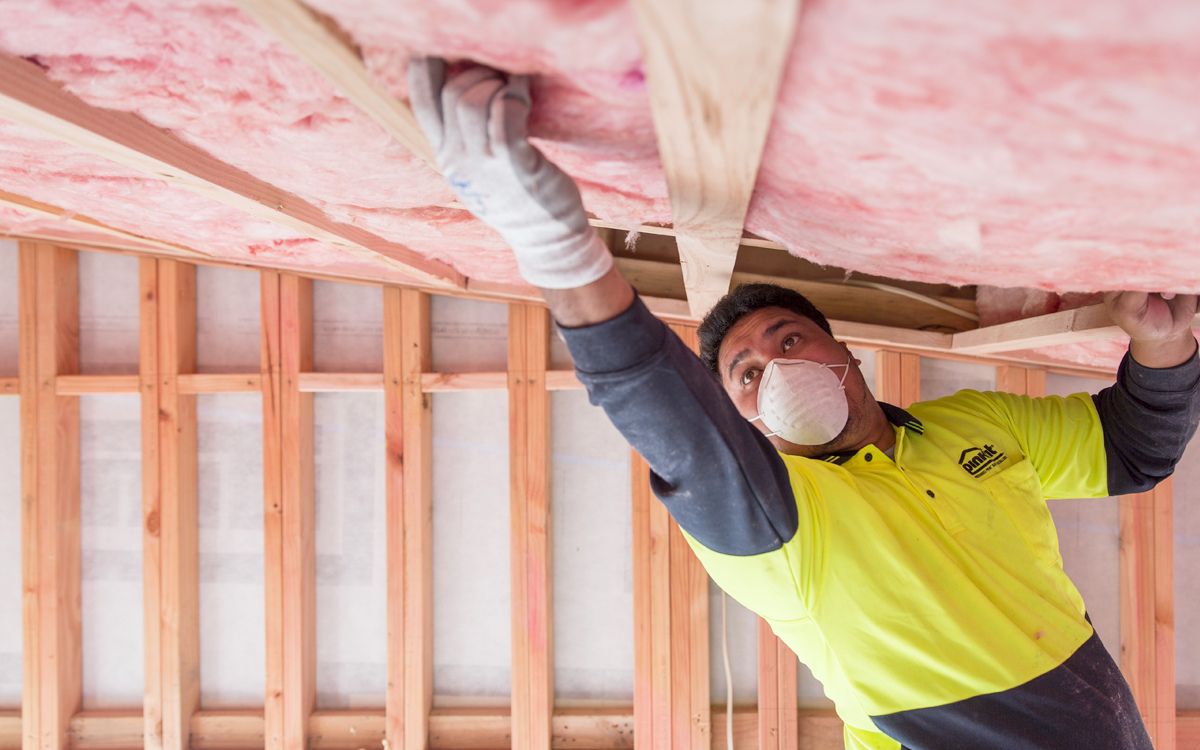

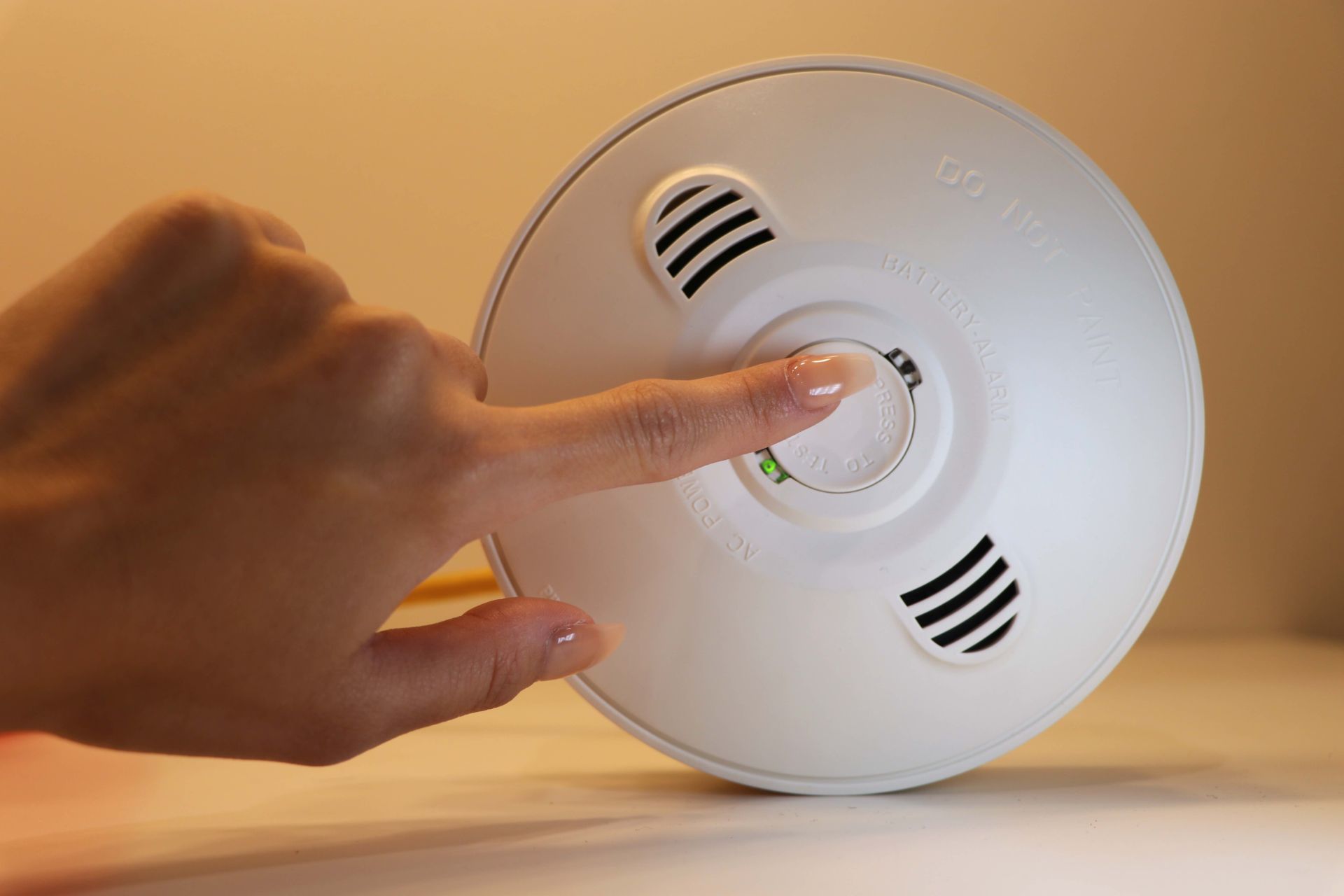

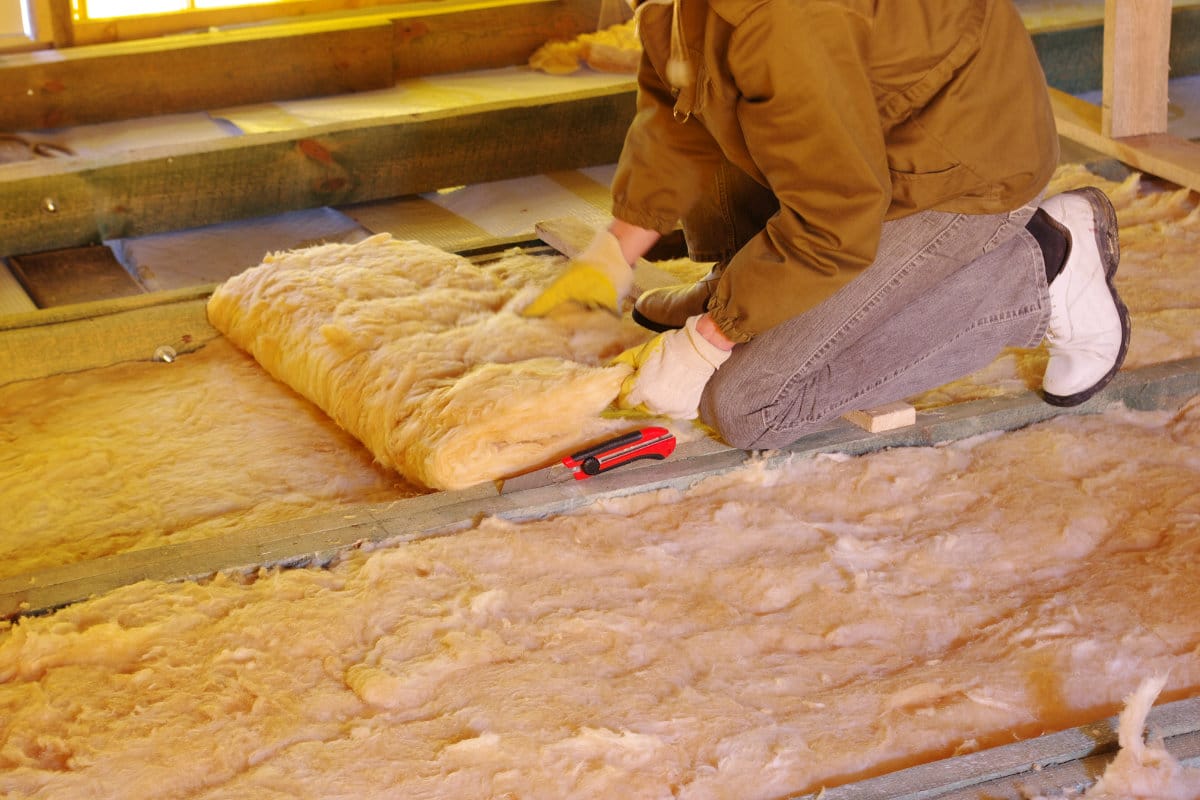
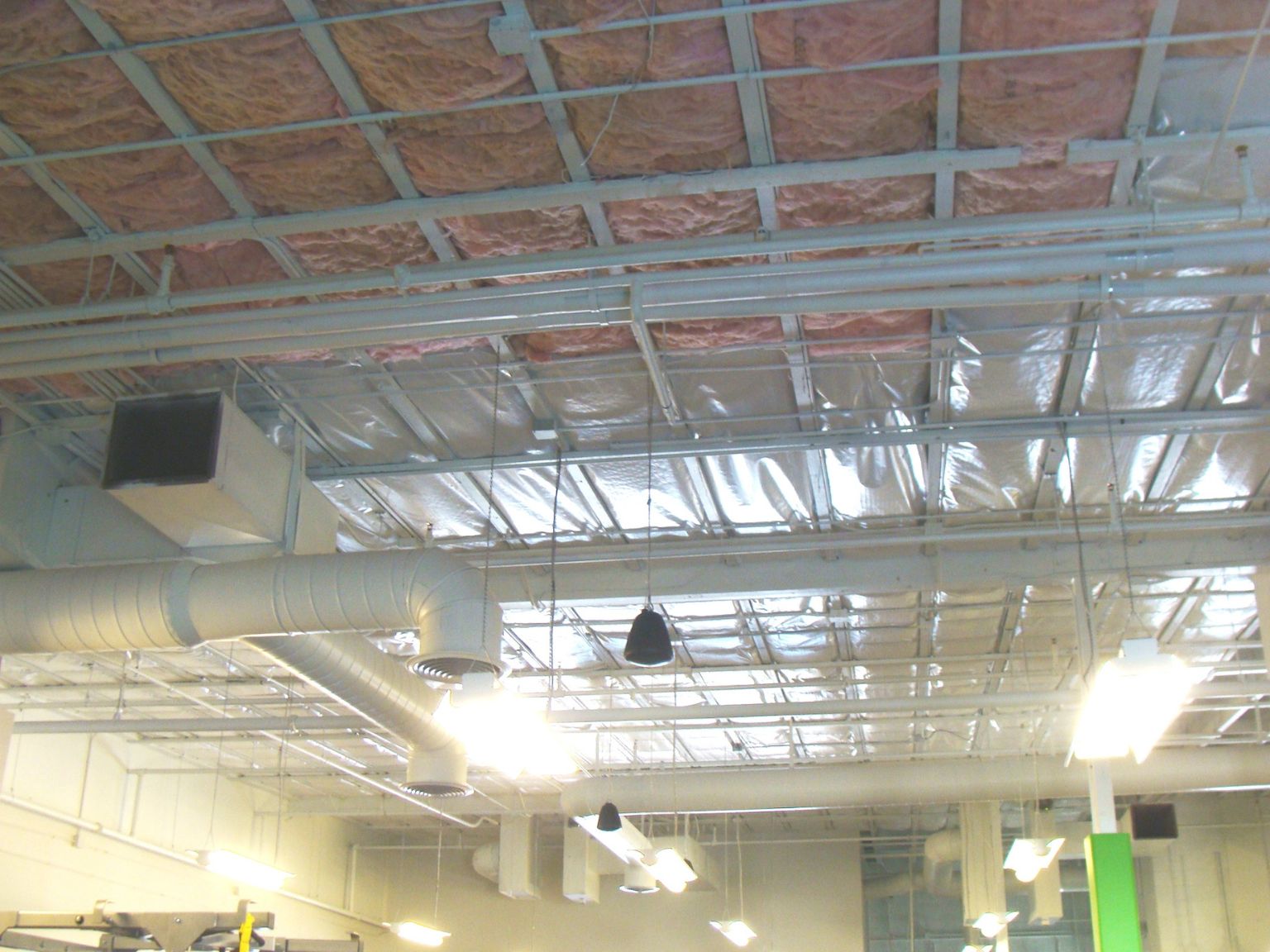
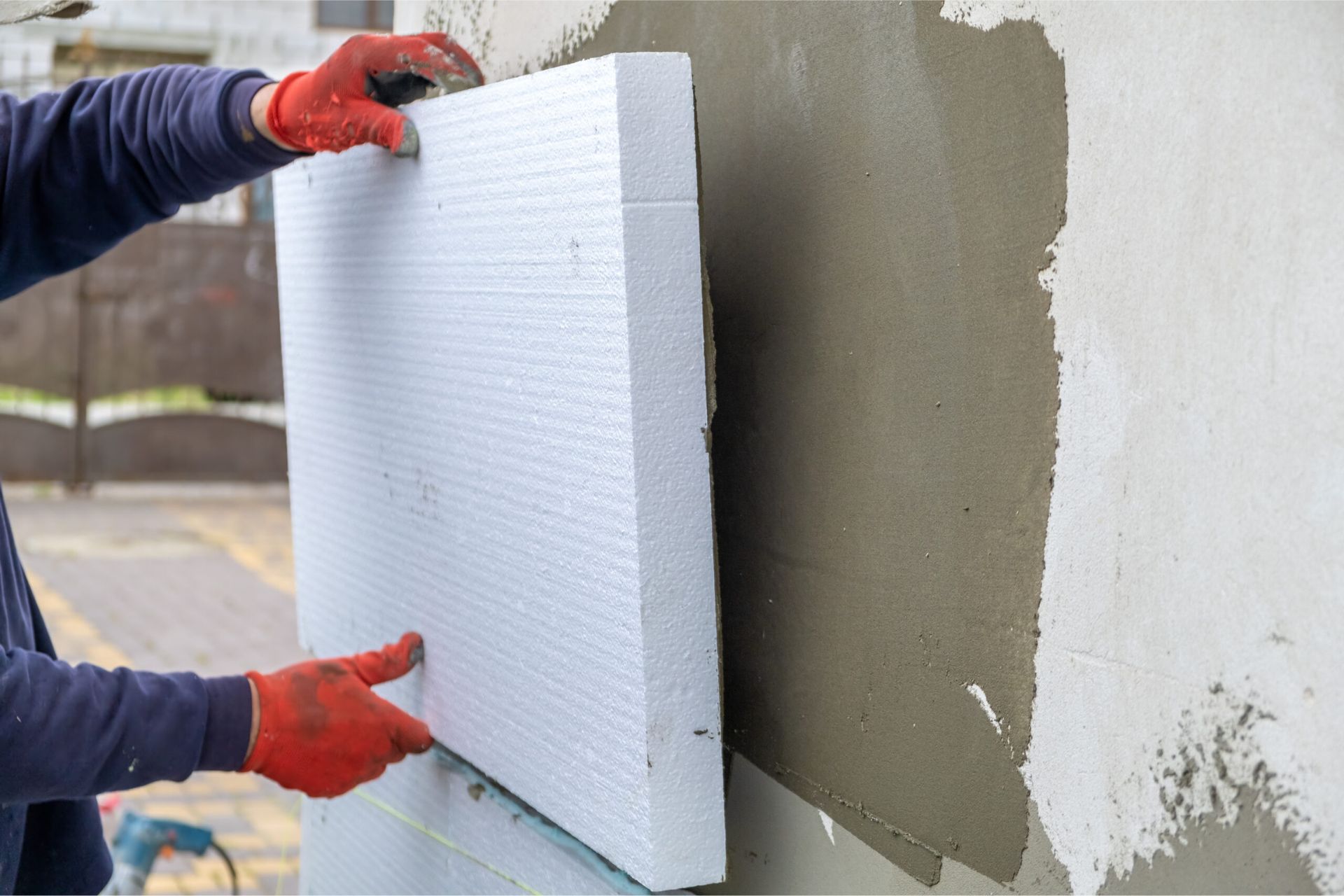
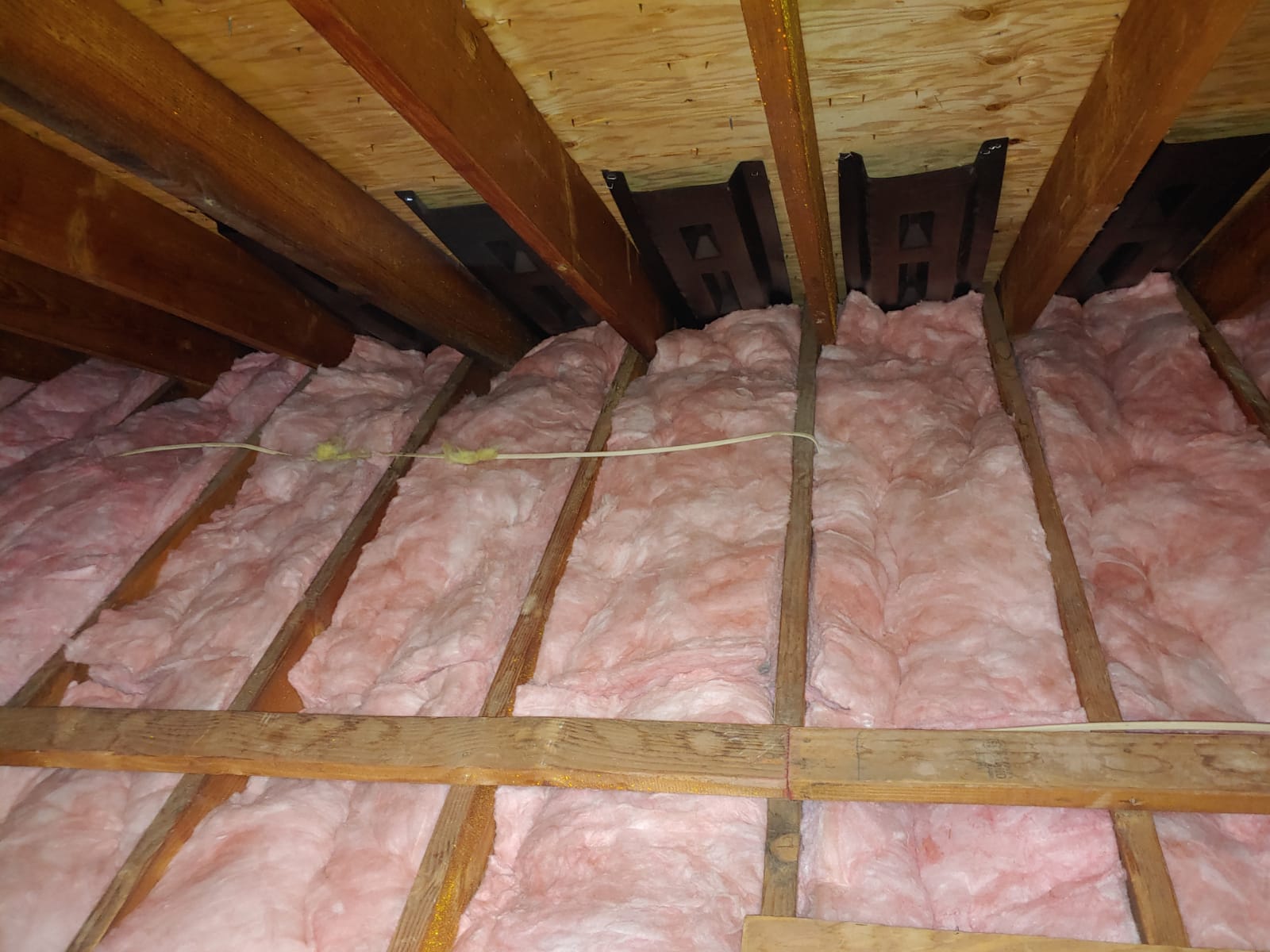
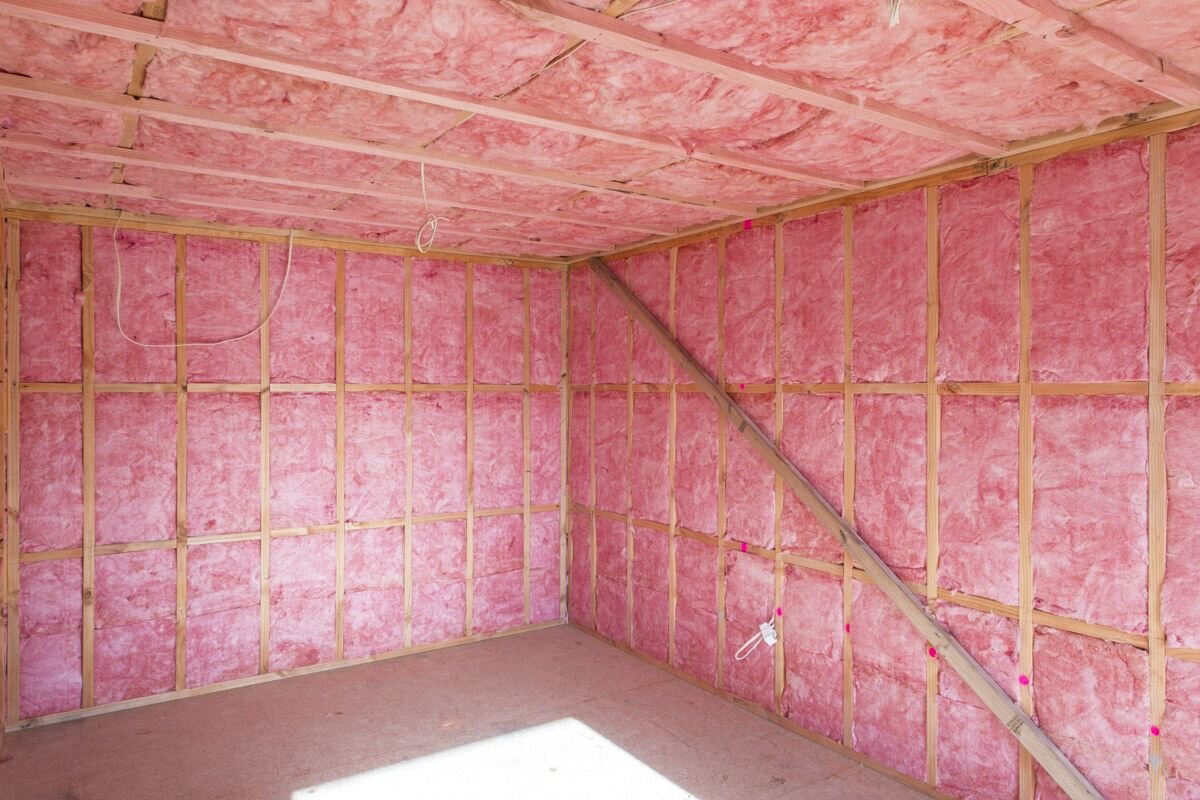
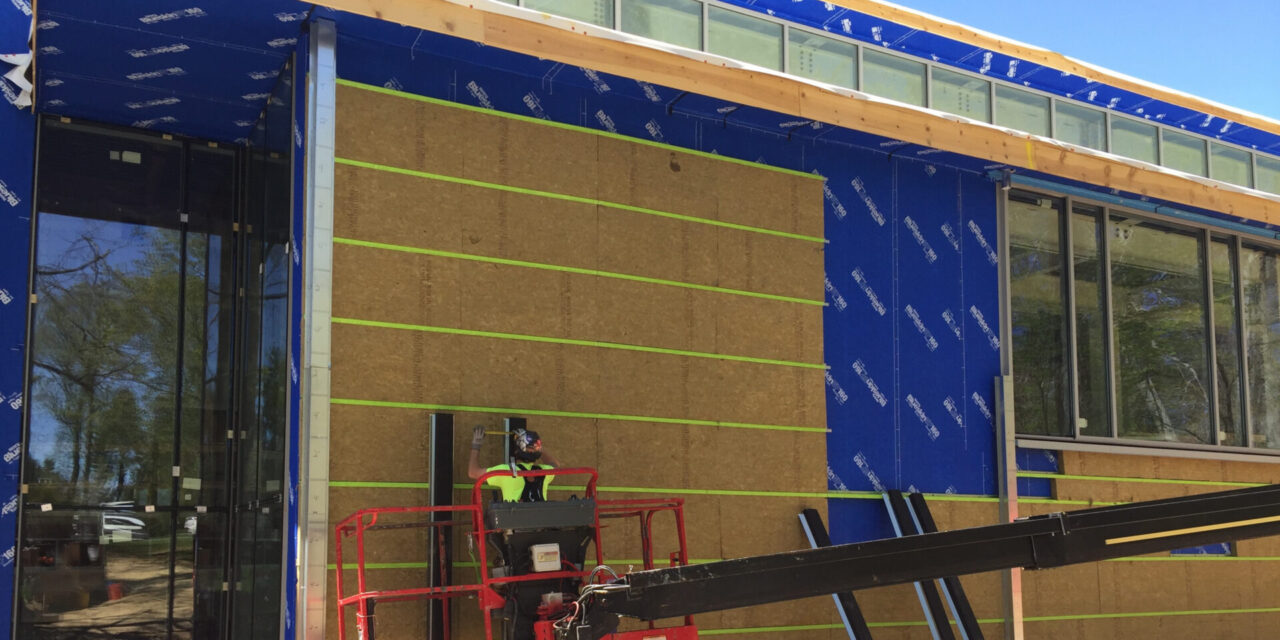
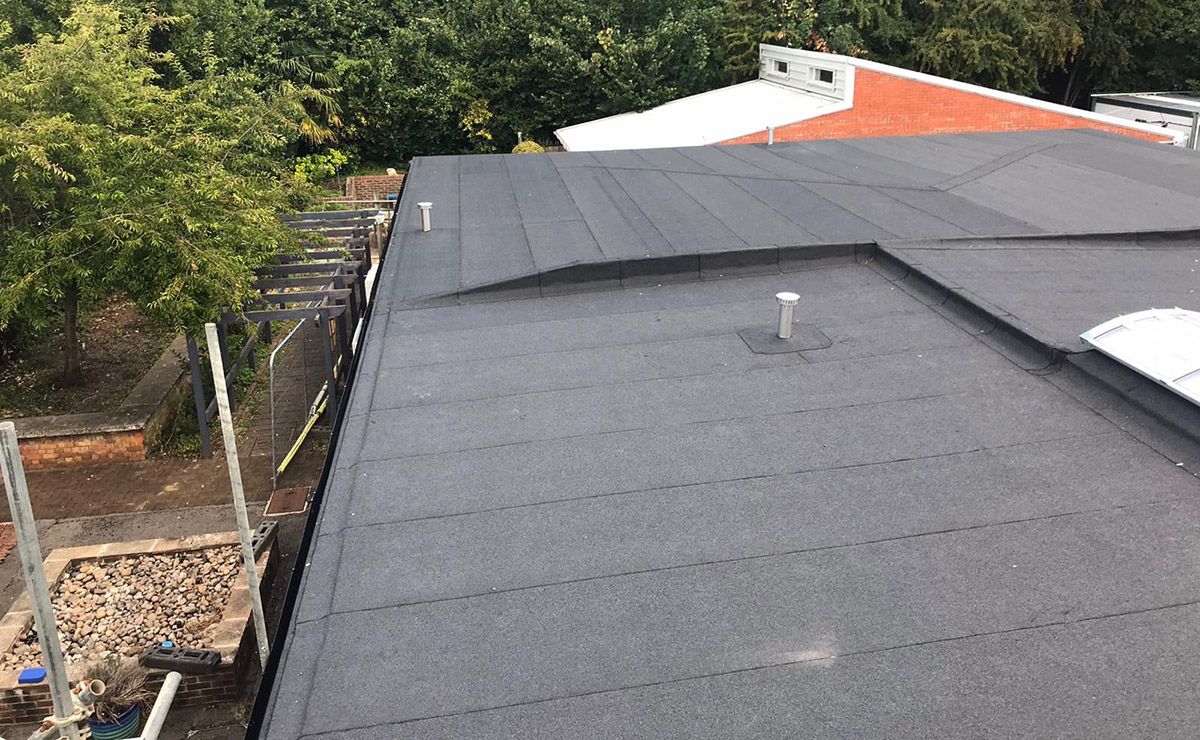
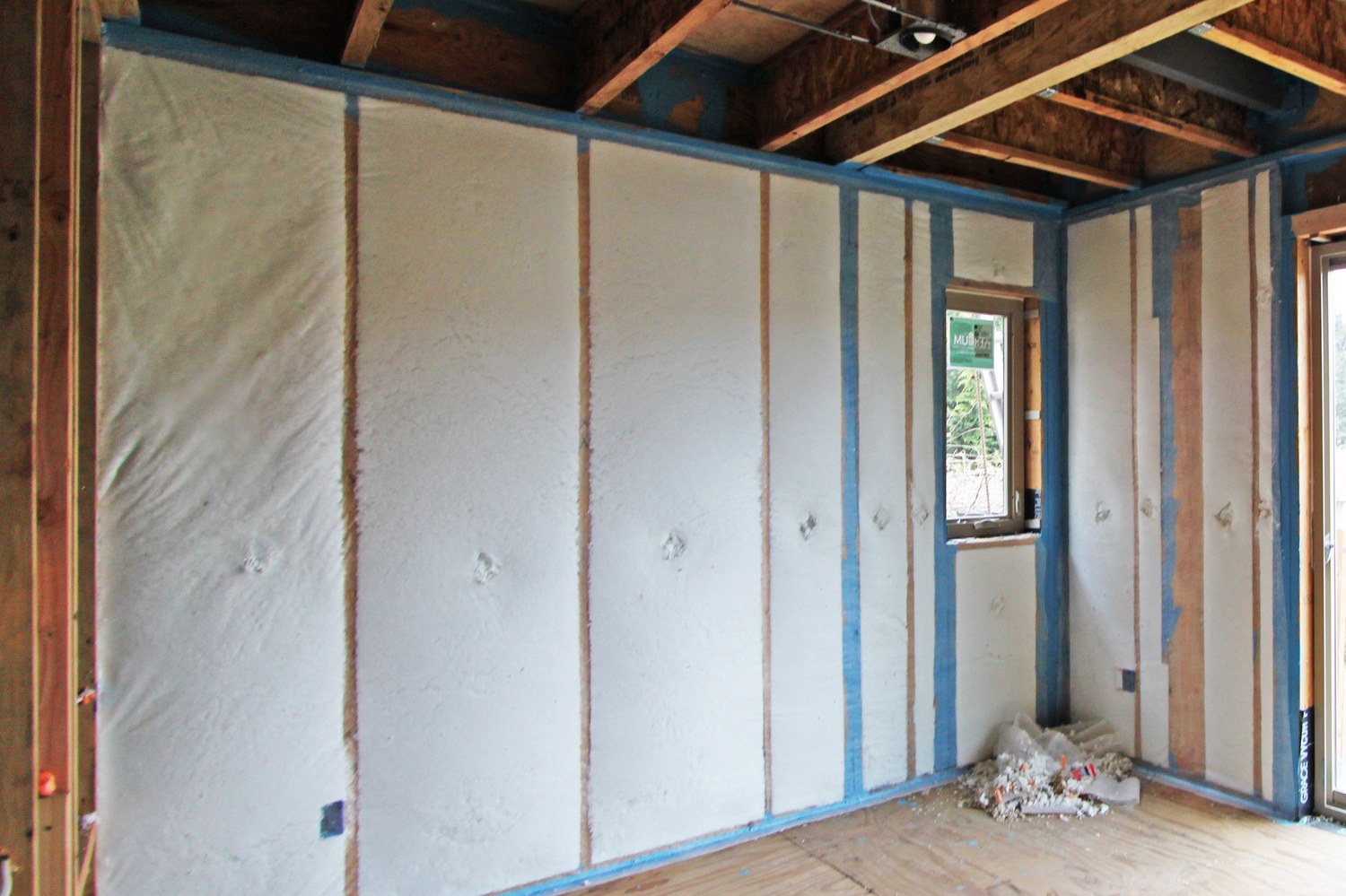

0 thoughts on “What Is Sound Insulation”